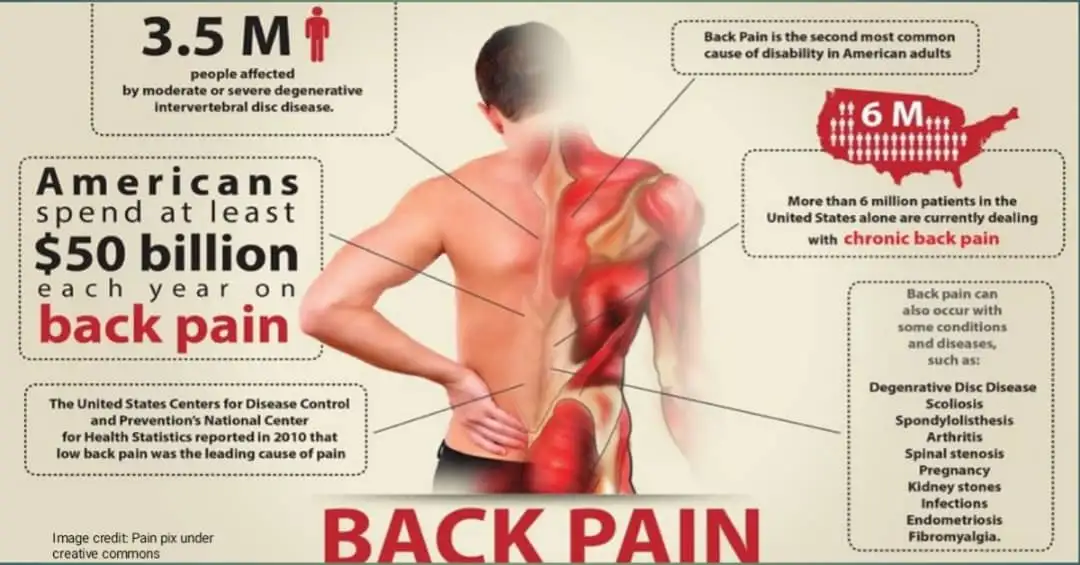
Table of Contents
Arthritis is a major cause of disability and poor quality of life. It’s the main cause of chronic low back pain which affects about 80% of Americans at least once in their lifetime. The annual treatment cost in the US alone is over a hundred billion dollars as contained in the National Library of Medicine.1
Arthritis of the spine is incurable and among all the symptoms the disease is known for, pain and disability are the most worrisome. The majority of arthritis-related pain is self-limiting and can be managed by conservative means but chronic pain does result and is the principal reason for the billions of dollars spent on healthcare costs as published in the National Library of Medicine on spinal arthritis.2
In this article, we’ll take a look at the various treatments for arthritis of the spine, highlighting the medical and alternative treatment approaches in the management of its symptoms.
Spinal arthritis symptoms.
Spinal arthritis symptoms are not different from the symptoms of arthritis in the lower back covered in an earlier article since the lower back is an inalienable part of the spine. The major symptoms may differ among sufferers and include:
- Stiffness,
- pain,
- warmth and swelling,
- Tenderness,
- Pinching or stabbing sensation.
- Grinding sensation or noise during movement,
- Fever and general weakness when your arthritis is due to an autoimmune disease,
- Numbness or loss of sensation,
- Radiculopathy, etc.
What kind of doctor treats arthritis of the spine?
The treatment of arthritis of the spine is a multidisciplinary task comprising various specialists in the healthcare sector. Some of the main healthcare providers that will attend to you at various stages of your treatment are listed below.
Note that not all of them are board-certified doctors. The doctors in the list are bolded but in a hospital setting rheumatologists and orthopedic surgeons are the leading group of healthcare professionals in the treatment of arthritis of the spine. At this time, not every physiotherapist or occupational therapist is a doctor but it is quickly becoming the entry level into these professions.
- Primary care physician,
- Rheumatologists,
- Physiatrists,
- Physiotherapists,
- Occupational therapists,
- Chiropractors,
- Osteopaths,
- Orthopedic surgeons,
- Nurses,
- Acupuncturists,
- Masseurs,
- Dietitians, etc.
The above list of professionals may not be the only specialists you will meet. The list is made starting with the healthcare professionals you may first encounter from the initial stages of your treatment. Surgery is usually the last option and it’s employed at a point when previous interventions fail to bring you the expected relief.
Dietitians will advise you on the good foods for arthritis you’ll need to be taking and the bad foods to avoid if you have the disease.
The best treatment for arthritis of the spine.
The best treatment for arthritis of the spine depends on a couple of factors:
- The type of arthritis,
- Your age,
- The severity of symptoms,
- Your pain level,
- The presence of comorbidity,
- Current medications.
We’ll discuss the treatment options in 3 sections: Non-pharmacological, pharmacological, and surgery.
Non-pharmacological treatment.
Physical therapy: Physical therapists play a preeminent role in the management or treatment of all forms of arthritis, including arthritis of the spine, by several means such as:
- Exercises,
- Hot and cold compresses,
- Hydrotherapy,
- Transcutaneous electrical nerve stimulator(TENS),
- Spinal manipulation,
- Cryotherapy, etc
This group of professionals also employs acupuncture in treating symptoms of spinal arthritis. Most of what they do are also provided by other professionals such as occupational therapists, chiropractors, and osteopaths all of whom can help manage your symptoms.
With the right exercise program, you could get about as much relief as with your pain medications(source). The right exercises are low-impact aerobics, cycling, swimming, and strengthening workouts. Stronger muscles help make movements smoother and reduce the stress on the joints.
Massage: This may be done by a physiotherapist or other professionals but some people specialize in massage therapy. They are called masseurs and this is why I listed it separately as a service. Massage could reduce muscle spasms and pain that are associated with arthritis of the spine.
Acupuncture: The specialists in this art are called acupuncturists and it is part of a broader traditional Chinese medicine(TCM). Other professionals like physical therapists are increasingly embracing acupuncture.
Evidence suggests it could be beneficial in managing chronic pain like the one associated with arthritis of the spine though the practice isn’t based on scientific knowledge.
Lifestyle modifications: These could range from simple changes to extensive modifications depending on your lifestyle before the disease. Areas of focus include:
- Activities of daily living,
- Food or diet,
- Work and work environment,
- Home modifications, and
- Body mass index(BMI).
The type of things you do and how you do them may need to be changed to enable you to manage arthritis of the spine. As someone living with spinal arthritis, there are certain foods that when taken could worsen your symptoms, and some, especially those with anti-inflammatory properties, may help you feel better.
The type of job you do and your working environment may need to be evaluated. For instance, you may have to change to an ergonomic chair if you don’t already have one. There may be a need for home adaptations and how you take on house chores.
Home adaptations may include changing the height of certain things like tables and chairs. You will have to be taught how to bend down or pick things from the floor and how to sit properly. Working to get you into the right Body mass index(BMI) Is essential as it reduces the stress on your back from daily activities. Achieving this will help you cope better and reduce the chances of arthritic flare-ups.
Inculcating regular exercises in your daily routine is vital as part of lifestyle modifications. I usually recommend walking for patients with arthritis of the spine particularly one that’s within the lumbosacral area.
Do keep in touch by signing up for our newsletter:
Pharmacological treatment.
Pharmacological treatment for arthritis of the spine ranges from ordinary supplements and topical gels to over-the-counter (OTC) oral medications, and from pain relieving injections to disease-modifying anti-rheumatic drugs.
Supplements: They are known to be very safe and with little to no side effects. Drug interaction may exist so always check with your healthcare provider to know which supplements are safe for you, if you are already on other medications.
Some common supplements are Omega-3 fatty acids, vitamin D, and those containing manganese, glucosamine, chondroitin sulfate, etc.
Topical creams and gels: These are the gels and sprays you apply topically on the skin over the arthritic spine to help relieve your pain and inflammation. In this class are also gels containing glucosamine and chondroitin sulfate. Others are pain-relieving gels like Voltaren, olfen, Feldene, Neurogesic, etc. These also have oral forms.
Orals: In this class are analgesics like Acetaminophen and Nonsteroidal anti-inflammatory drugs (NSAID). Acetaminophen helps reduce pain without affecting other components of inflammation like swelling. The NSAIDS do much more in tackling pain associated with inflammation including swelling, redness, and warmth.
The downside is that NSAIDS have a lot more side effects than acetaminophen some of which can be serious if taken for a long time. The topical gels listed above are mostly NSAIDs which also have their oral forms. If you have had an ulcer an oral medication containing misoprostol, like arthrotec, may be right for you. Misoprostol helps to protect the lining of your stomach.
Injections: These can be applied when all the other measures listed above fail. It is also prescribed for those who, for whatever reason, can not take oral pain relievers. Such injections include anti-inflammatory steroid injections and regenerative medicine injections that relieve pain and promote healing in some way.3 Radiofrequency ablation is also a procedure in increasing use according to the Spine Journal.4
Disease-modifying anti-rheumatic drugs: They are used in treating arthritis of the spine caused by autoimmune reactions like psoriasis. There is a detailed guideline from the European League Against Rheumatism on the application of these drugs for therapeutic benefits covered in a previous article.
Spinal surgery.
This is usually the last option and is considered where all other options fail to achieve desirable results. It is also expedient in situations when arthritis of the spine is beginning to cause serious neurological symptoms like incontinence and paraparesis (limb weakness that results in difficulty in ambulation). The type of surgery you’ll need will be determined after studying your medical imaging results in line with your symptoms. The options include:
- Arthroscopy,
- Spinal fusion, and
- Laminectomy or spinal cord decompression.
Alternative treatments for arthritis of the spine.
The pharmacological and surgical approaches in the treatment of arthritis of the spine are proven ways of treating spinal arthritis. However, there are various other means some of which have already been highlighted in the earlier parts of this article. They include:
- Physical therapy,
- Exercise,
- Manipulative therapy,
- Acupuncture,
- Occupational therapy,
- Lifestyle modification,
- Weight loss,
- Traditional Chinese medicine,
- Homeopathy,
- Chiropractic, etc.
The efficacy of some of these measures may not have been scientifically proven by research but anecdotal evidence from patients who have tried them suggests they are beneficial.
How do you treat arthritis of the spine naturally?
Natural means of treating arthritis of the spine refer to non-pharmacological and surgical methods. Going natural rules out the use of orthodox medications ingested, injected, or applied topically to relieve the symptoms of arthritis. Some of these have already been listed above and include Physical therapy, exercises, acupuncture, various types of therapies, anti-inflammatory diets, yoga, etc.
In other words, the natural treatment of arthritis of the spine is quite similar to what alternative treatment options represent.
There are many of these natural approaches that we can’t possibly list. Even your healthcare provider may not know them all. A long time ago a patient described how she used heated cabbage leaves to relieve the symptoms of arthritis and it was my first time hearing it.
She wrapped the leaves over the symptomatic joint and got lasting relief. Though I have yet to recommend that to any patient it could be worth trying. At least there are no side effects to placing harmless cabbage leaves over painful joints, right?
If it has worked for you do contact us to share your experience. We’d love to hear from you.
Is there a cure for arthritis of the spine?
Arthritis of the spine may be symptomless and may not always progress but it’s incurable. It can only be managed. A good treatment could usher in periods of remission from the disease, halt the progression of the disease, prevent existing damage from worsening, or prevent joint damage altogether when commenced early.
Best pain relief for arthritis of the spine.
The best pain relief for arthritis of the spine is relative and subjective. The stage of the disease and severity of symptoms have a lot to do with what will work for you. Most times it follows a trial-and-error approach to arrive at what represents the best pain reliever for you at that point.
This often changes and what once worked could stop working, thereby forcing you back to the trenches again to discover what will work for you.
Factors that will influence the best pain relief for arthritis of the spine include:
- Your fitness level,
- Your body mass index(BMI),
- The severity of your symptoms,
- The type of arthritis,
- The stage of the disease,
- The type of work you do,
- The area of the spine affected,
- Your lifestyle,
- Your postural habits, etc.
Living with arthritis in the back.
If you are living with arthritis of the spine one of the things you do like to quit is smoking, especially if it’s the result of an autoimmune reaction like psoriasis. Smoking also significantly increases your risk of contracting the disease and reduces the potency of drugs used in the treatment.
There will be a need for you to make lifestyle changes, as discussed earlier in this article, among other things that have already been highlighted. You may like to avoid certain foods that could worsen your symptoms for foods with anti-inflammatory properties.
Regular exercises will prove vital in fighting some symptoms like stiffness and pain. You’ll want to avoid high-impact exercises like burpees and some type of heavy weight lifting for the low-impact ones that improve flexibility and functional range of motion.
- Goode, A. P., Carey, T. S., & Jordan, J. M. (2013). Low Back Pain and Lumbar Spine Osteoarthritis: How Are They Related? Current Rheumatology Reports, 15(2), 305. https://doi.org/10.1007/s11926-012-0305-z ↩︎
- Lindsey T, Dydyk AM. Spinal Osteoarthritis. [Updated 2023 Jul 9]. In: StatPearls [Internet]. Treasure Island (FL): StatPearls Publishing; 2023 Jan-. Available from: https://www.ncbi.nlm.nih.gov/books/NBK553190/ ↩︎
- Jaya Sanapati, MD1, Laxmaiah Manchikanti, MD2, Sairam Atluri, MD3, Sheldon Jordan, MD4, Sheri L. Albers, DO5, Miguel A. Pappolla, MD, PhD6, Alan D. Kaye, MD, PhD7,Kenneth D. Candido, MD8, Vidyasagar Pampati, MSc2, and Joshua A. Hirsch, MD9. (2018). Do Regenerative Medicine Therapies Provide Long-Term Relief in Chronic Low Back Pain: A Systematic Review and Metaanalysis. Pain Physician; 21:515-540 • ISSN 1533-3159. https://www.painphysicianjournal.com/current/pdf?article=NTUwMg%3D%3D&journal=114&utm_medium=email&utm_source=transaction ↩︎
- Starr, J. B., Gold, L., McCormick, Z., Suri, P., & Friedly, J. (2019). Trends in lumbar radiofrequency ablation utilization from 2007 to 2016. The Spine Journal, 19(6), 1019-1028. https://doi.org/10.1016/j.spinee.2019.01.001 ↩︎

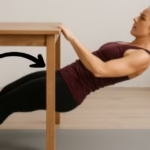























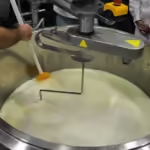


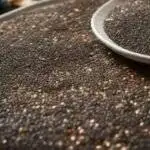













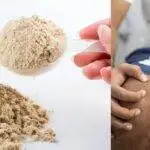



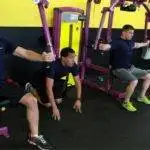


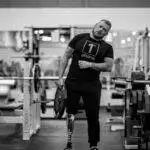


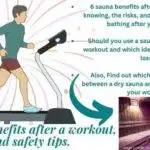
















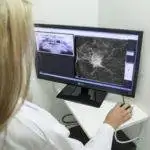


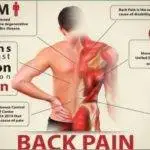
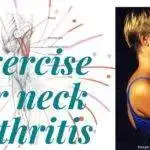

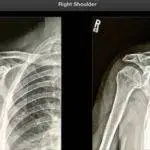
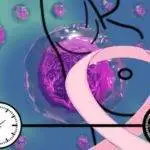


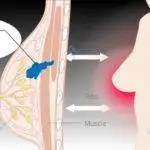
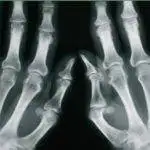
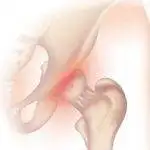
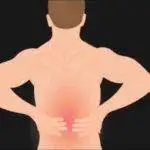
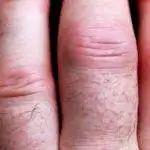


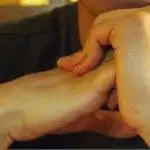

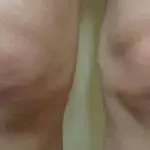
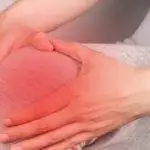
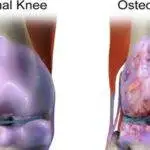
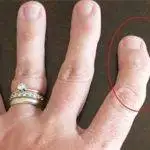
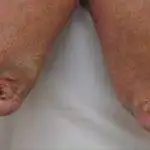








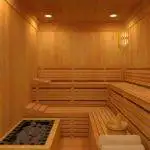




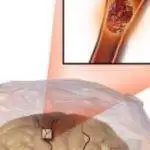
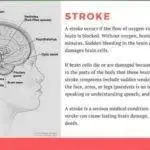
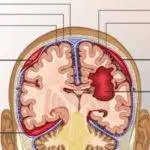
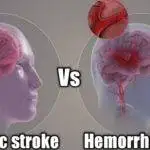
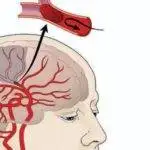














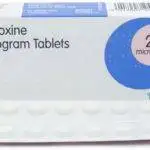


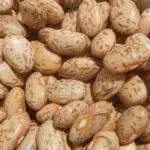





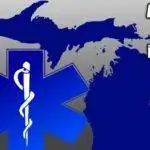



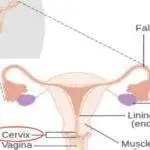
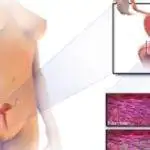
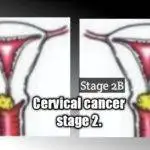
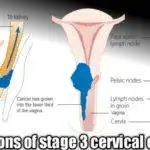
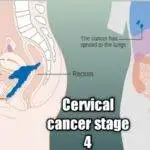
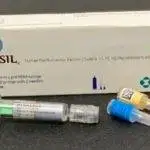


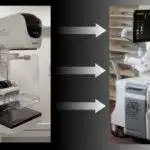


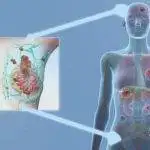

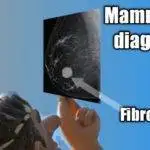
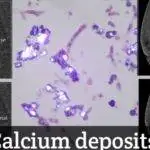
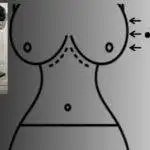
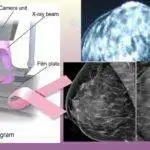
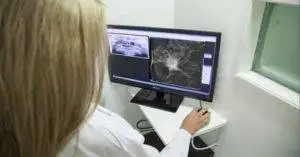
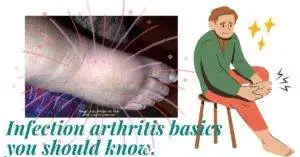


Quite informative. I’m going to bookmark your website and keep checking for new information.